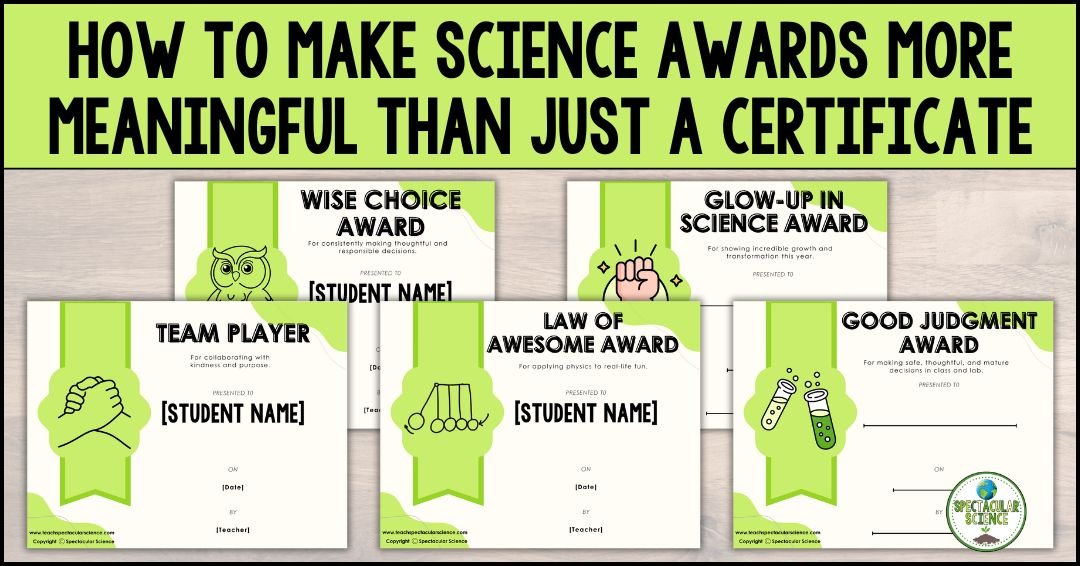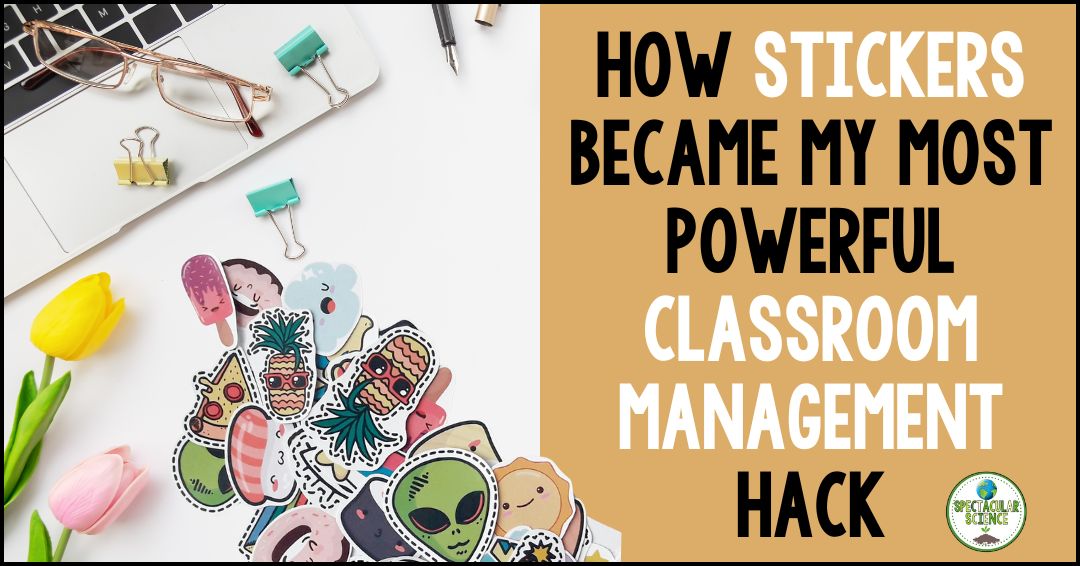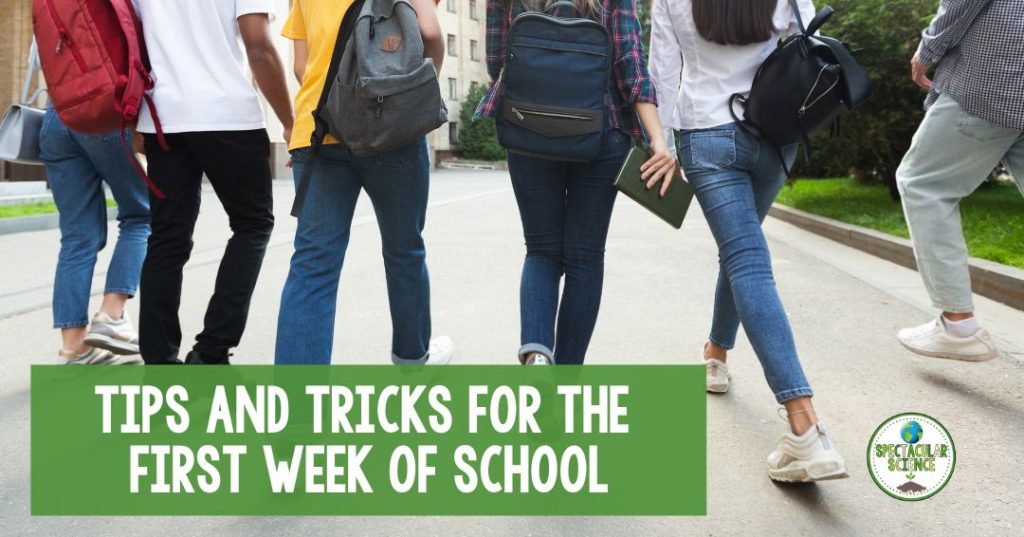
Those first few days back to school are always filled with excitement and a little bit of anxiety too. This is true for teachers and students.
However, you can channel this energy, both within yourself and your students, to establish a positive atmosphere that sets the tone for the entire academic year. Utilizing the first week of school as an opportunity to introduce yourself, the course content, and the expectations not only helps to familiarize students but also lays the foundation for building relationships and a sense of community within the classroom.
To make the first week of school smoother and more impactful, here are eight helpful tips and tricks specifically tailored for high school teachers:
Get to know your students the first week of school
One of the most important first steps for establishing a positive classroom culture is to get to know your students. In the first days, take time to learn your students’ names and something about them. Being able to tie something specific to a student’s name and face can help you remember them. Plus, an initial activity like this get-to-know-you activity with different templates can help you build a rapport with them.
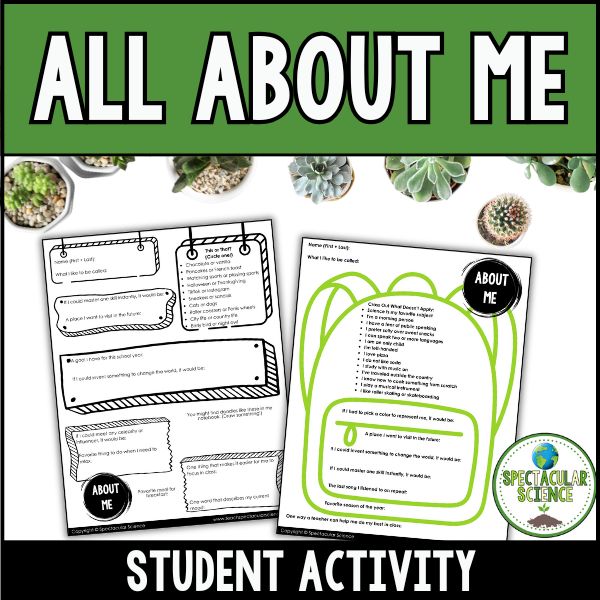
Building relationships not only establishes a community that can promote a positive learning environment, but it can also help with classroom management beyond the first week back to school.
You’ll also love this Back-to-School Student Connection Survey – a dynamic tool designed to help you create an engaging, inclusive, and personalized learning experience from day one! By understanding your students’ diverse learning styles and preferences, you can tailor your teaching approach to cater to their needs, making every lesson more captivating and relevant.
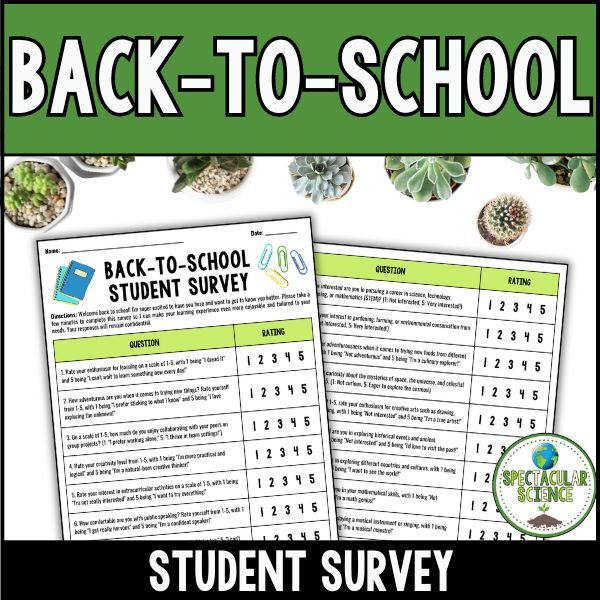
Set clear expectations
In the early days, it’s important to establish rules and expectations for behavior, attendance, and classwork. Make sure these expectations are clearly communicated and consistently enforced.
You might even co-create some of the policies and procedures for your classroom along with your students. This approach often makes it more likely that the ‘rules’ will be followed.
Additionally, display these initial rules and expectations in the room. The visual reminder is helpful for everyone in the room. As you get further into the school year, you can move this display or even remove it and replace it with something more specific to the course(s) you’re teaching.
Establish routines
The start of a new class or a new school inevitably brings about heightened levels of anxiety for everyone involved. However, when there is structure and predictability in place, it can help alleviate anxiety. During the initial days of school, it is important to allocate time to establish and explain routines for various aspects of the classroom, such as starting and ending class, attendance-taking, and submitting assignments.
For students who are new to the school or your class, it is essential to dedicate additional time to model these routines. Rather than simply stating the steps, actively demonstrate and guide students through the process, providing explicit guidelines and explanations. The clearer and more precise you can be in conveying these routines, the better it will be for everyone in the long run.
Stay organized
While you’re establishing routines for students, make sure you’ve made some for yourself, particularly for keeping your classroom and materials organized. This can help you stay on top of tasks and minimize stress.
With that said, this job doesn’t have to be yours alone as the teacher. Part of the students’ routine might be to clear the space around their desks, or to make sure they’re not storing anything in their desks, especially food! If you have baskets with supplies that are shared with students, make sure they know what the inventory is for the basket (a quick printable list that’s laminated and attached to the basket can be helpful) and where to store things when they’re finished! View this as your permission to label all of the things with this label maker or make things more personal and laminate them with this reliable option!
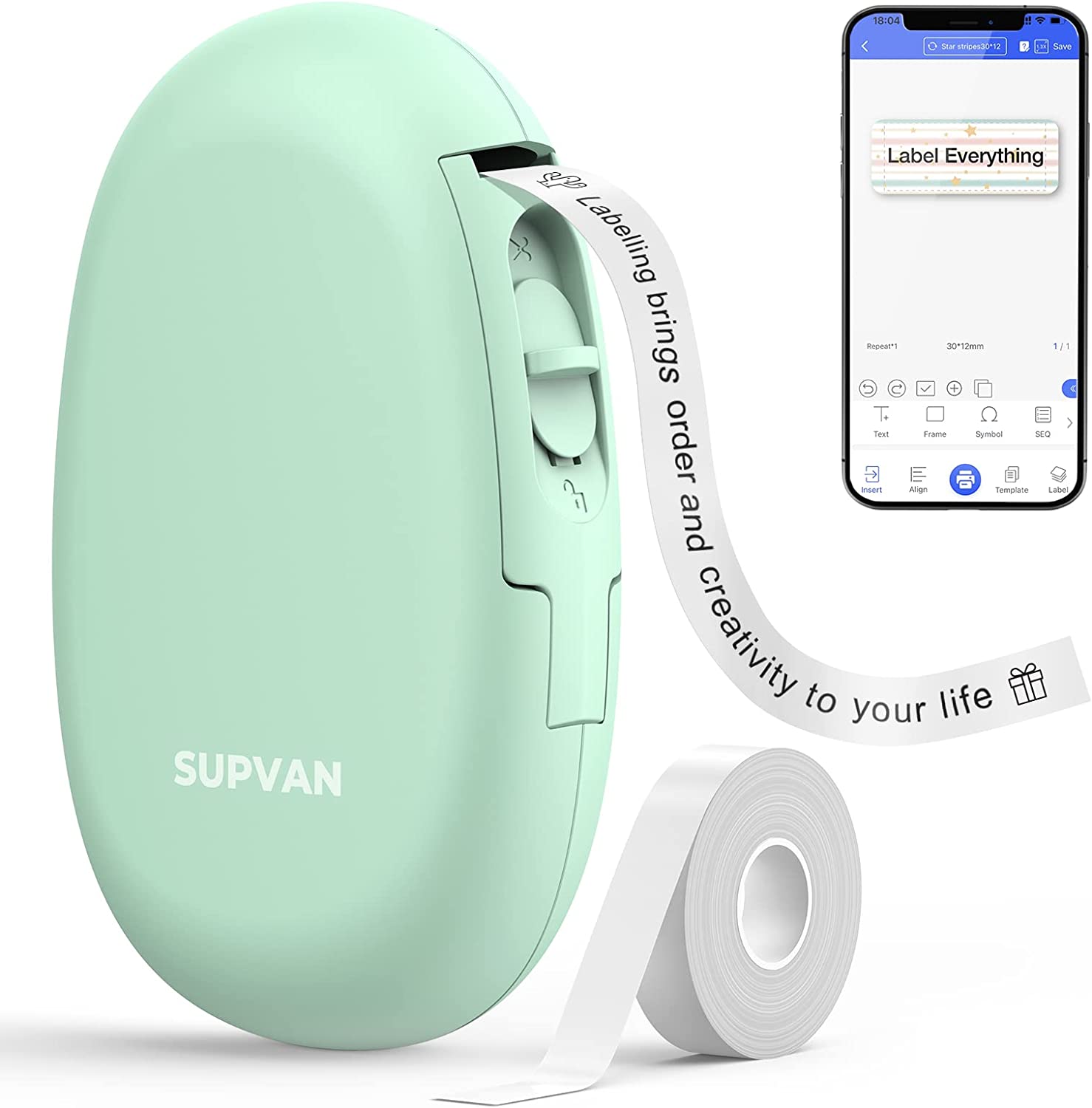
Explore this Amazon list of must-haves for every classroom, ensuring that you have everything you need to deliver effective lessons and foster student success starting from the first day of school.
Build community
Along with getting to know your students’ names, you want to make sure there’s time and space for students to get to know each other too. Plan activities that encourage students to get to know each other, such as icebreakers, group projects, or team-building exercises.
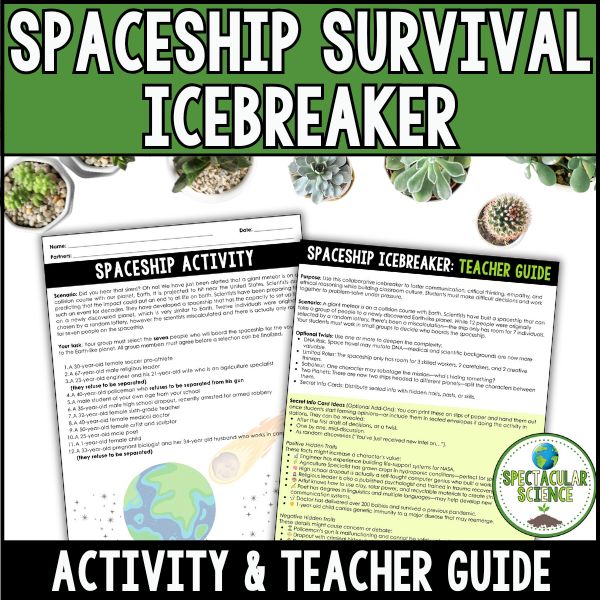
I love using a team-building challenge that’s tied to course materials such as this spaceship activity. Students receive a simulation about a giant meteor that is about to strike Earth. Students are tasked with choosing a limited number of individuals from a predetermined list to travel to another planet to set up life there. In small groups, they will justify why they did or did not choose the particular individuals.
It’s a great way for middle school or high school students to begin their journey in science and build bonds together. Spending some time building a sense of community within the classroom will pay great dividends as the school year continues.
Be approachable
While you might also be a bit nervous to start the new school year, you should still be yourself! Be open and approachable with your students. Let them know that you are there to support them and that they can come to you with any questions or concerns.
Share your email or the best way to contact you and explain your hours of availability. Students need to know that you are also a person with a life beyond school so set those boundaries early (for them and for you!).
Discover engaging activities to kickstart your first week of school, from icebreakers to hands-on experiments, in this post.
Review the syllabus
This might be controversial but don’t spend a ton of time going over the syllabus on the first day. In fact, I might even say save it for day 2 or 3. But when you do go over the syllabus with your students, highlight important information like the course goals, grading policies, and expectations for participation. In fact, have students use a highlighter to physically highlight their copy.
If you’re working digitally, provide students with a copy of the syllabus and give them 10 or so minutes to review. To ensure students are reading the full syllabus, I embed a prompt, usually on page 2, that asks them to complete a task such as emailing me with a picture of sloths, flamingos, or dinosaurs. Aside from some accountability, it’s also an assessment opportunity to check how students are structuring their emails to their teachers!
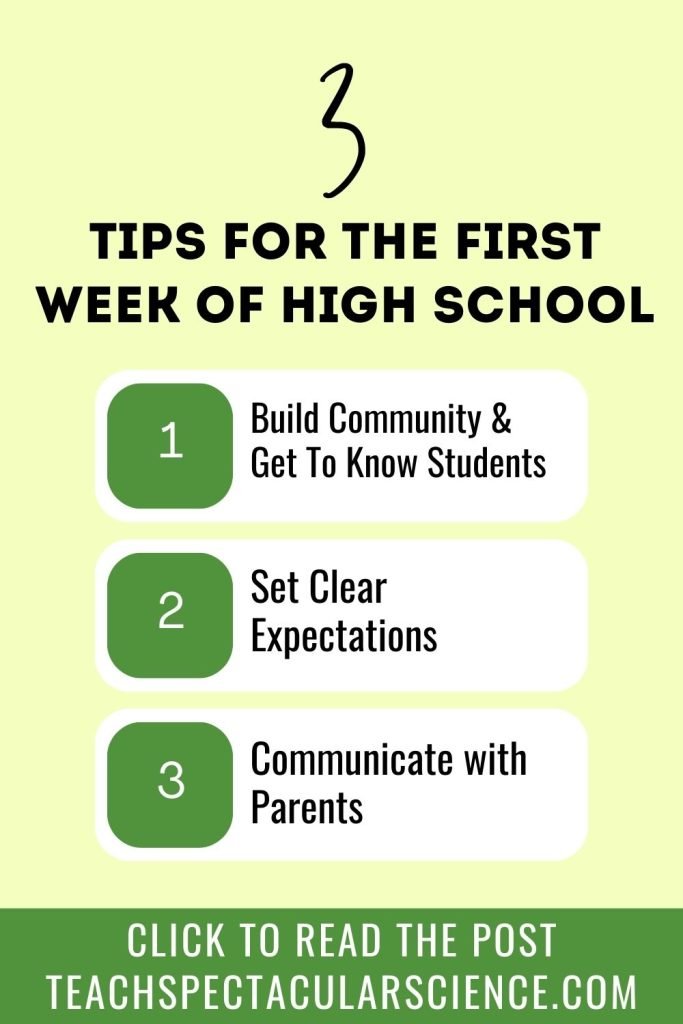
Communicate with parents
As a final way to ensure a smooth start to the school year, take a few minutes to introduce yourself to parents and guardians. Send a quick email with some information about the course and how to contact you. Make sure to add parents’ emails to the BCC section so their email addresses are kept confidential! This initial contact can help establish a positive relationship between home and school.
Read this post with strategies on how to communicate with your students’ parents starting during the first week of school.
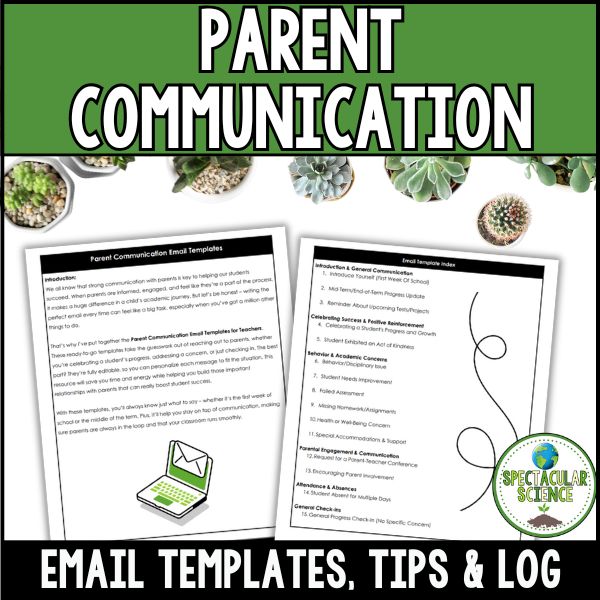
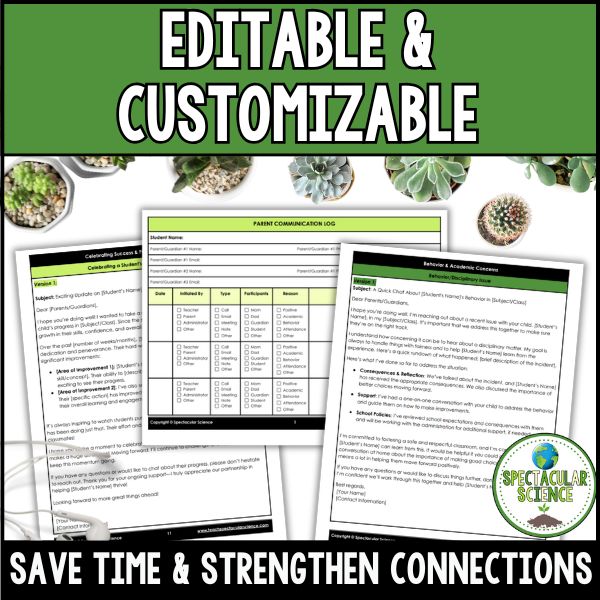
With careful planning and a positive attitude, you can help your students start off on the right foot and create a successful learning environment. By following these tips, you can create a positive and productive learning environment for your students during the first week of school and throughout the year.
RELATED POSTS:
- THE POWER OF PARENT COMMUNICATION: STARTING STRONG FROM DAY ONE!
- TEACHER’S TOOLBOX: DISCOVER THE ULTIMATE AMAZON LIST FOR CLASSROOM SUCCESS!
- HOW TO ESTABLISH LAB SAFETY PROCEDURES IN YOUR MIDDLE OR HIGH SCHOOL CLASSROOM
- 10 TRIED AND TRUE CLASSROOM MANAGEMENT STRATEGIES FOR SECONDARY TEACHERS
This post contains affiliate links for Amazon. As an Amazon Associate, I earn from qualifying purchases. By purchasing an item on the Amazon site using these links, I will receive a small commission on your purchase. This commission does not affect the price of your item.















